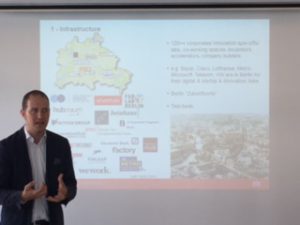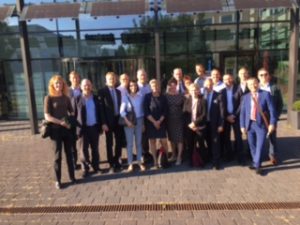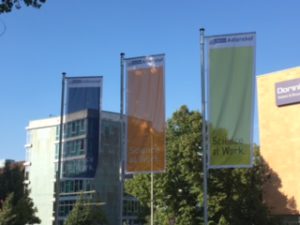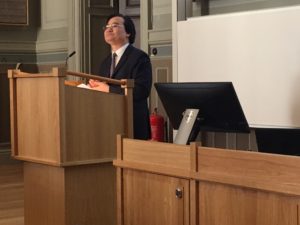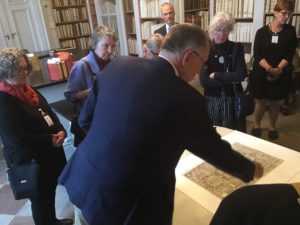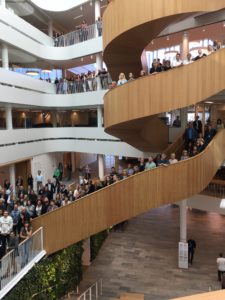(Original Swedish post published 23 September.)
Last week the government presented its budget bill for 2018. As usual, government ministers were deployed across the country to present the bill locally. Minister for Defence Peter Hultqvist was on Gotland to talk about defence investments but also about a commitment to research at Campus Gotland worth SEK 40 million (SEK 8 million per year for five years). This is a welcome commitment that will strengthen the framework for realising Uppsala University’s programme for Campus Gotland, which the University Board adopted the week before. It is also an acknowledgement on the part of the government that the merger has been a success and that we as a university are able to take responsibility for the advancement of knowledge in the region.
Uppsala University will receive an increase of SEK 29 million in its basic funding for research. This is thanks to quality-based allocations, as Uppsala comes out on top in terms of citations and is also a leader in obtaining external funding. As part of the implementation of last autumn’s research bill, the research councils will receive funds to distribute to research on antibiotic resistance, the challenge of digitalisation in society, and migration and integration. These are areas in which Uppsala University has strong research and should be able to contribute.
In the area of education, Uppsala University will receive an additional sum of just over SEK 24 million, on top of previously known targeted investments in certain educational programmes, such as teacher, nurse and doctor education. This means we can educate more students, which is positive. Our students have been waiting a long time for the increase in the grant component of financial support for studies that has now been announced.
Otherwise, there was little news, most of the measures in the budget bill had been presented earlier during the late summer and early autumn.

